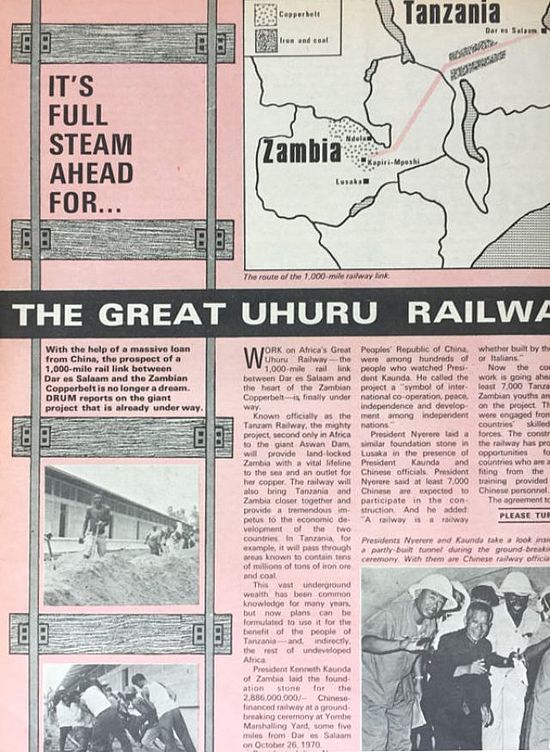How Infrastructure Shaped Territory in Africa
Research project supported by the Swiss National Science Foundation
2018–2022
Kenny Cupers, Giulia Scotto, Thomas Betschart, Ernest Sewordor
Infrastructure is central to understanding global urbanization today, yet the historical production of our infrastructural lifeworlds continues to be neglected, especially for the African context. Scholarly emphasis on the informal, unplanned character of African urbanization has obscured the historical role of physical infrastructure in this process. This project addresses these shortcomings by focusing on large-scale infrastructure as a matter of design, with often far-reaching consequences for urban and rural territories across Africa. During both the colonial and post-independence periods, planners, engineers, architects, and government officials consciously attempted to reshape Africa through specific infrastructural projects. Such projects had various goals, from facilitating resource exploitation and strengthening colonial control to integrating the continent into a Pan-African unity after independence and facilitating economic development today. This project examines key infrastructural visions as well as their material realizations and often contradictory effects on the ground. We focus on transportation infrastructure to analyze how such projects spurred urbanization and changed relations between settlements and hinterlands. The aim is to reveal how the design of infrastructure shaped African territories, from the first colonial modernization projects and the ambitious plans of the post-independence era to the continent’s infrastructure boom today. Research findings will not only be relevant to the fields of urban studies and the history of architecture and urbanism, but will also provide useful insights to architects, planners, and policymakers currently engaged with infrastructure development in Africa.
Image © Drum magazine 1971

Quick Links
